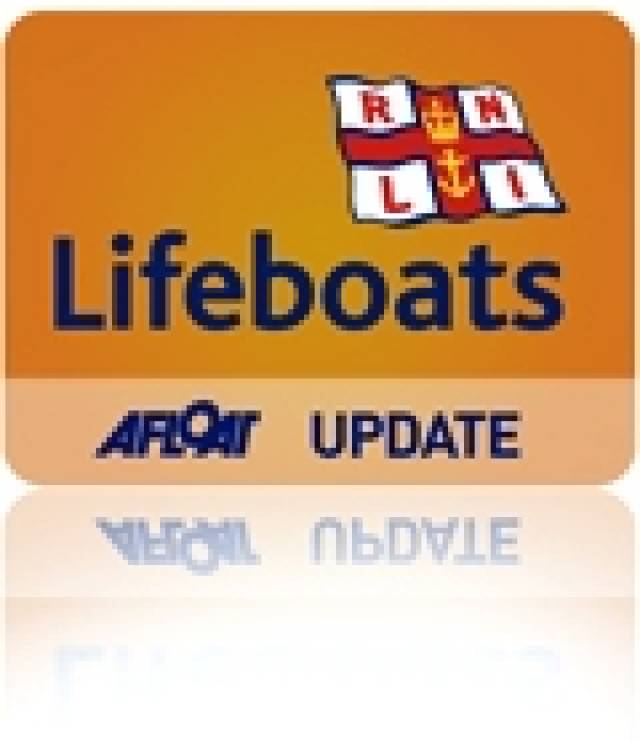#RNLI - Two maritime legends finally met last bank holiday weekend at the Gathering of the Fleet Maritime Festival when Arklow RNLI lifeboat operations manager Jimmy Tyrell climbed aboard the new Shannon class lifeboat.
Jimmy, and his father before him, lobbied the life-saving charity for many years to call one of their lifeboat classes after an Irish river - and was finally rewarded when the Shannon class lifeboat was put into production last year.
Its arrival at this year’s Gathering of the Fleet in the Wicklow port town was one of the highlights of the event.
The lifeboat is on a tour of RNLI stations to introduce volunteer lifeboat crews to the new vessel, and Jimmy Tyrell was given a warm welcome onboard and had a full tour of the lifeboat from its RNLI crew.
The Shannon class lifeboat is the first all-weather lifeboat to be powered by twin water jets instead of propellers, making it more manoeuvrable and safer to operate in shallow water. It has a top speed of 25 knots and is due to replace the Mersey class lifeboat.
Just prior to the departure of the new Shannon class lifeboat, named Jock & Annie Slater, Arklow RNLI’s crew made a presentation to Jimmy Tyrell and the boat's coxswain to mark the visit and its importance to everyone at Arklow RNLI.
East Coast FM also broadcast their popular morning radio show with Declan Meehan live from the Arklow RNLI lifeboat station, with special guests Diarmuid Gavin and Shane Byrne joined by Arklow RNLI volunteers to get involved in the fun.
The lifeboat crew gave their guests a warm welcome, but had taken the precaution of having a fully kitted-out crew on scene in case they received a call-out during the show.
The Gathering of the Fleet, held in aid of the RNLI, played host to vessels of all shapes and sizes over the August bank holiday weekend.
Commenting on the festival, Arklow RNLI lifeboat press officer Mark Corcoran said: “This weekend was the fruition of months of hard work by the committee. Living on the east coast, the sea is such a big part of everyone’s lives and we wanted to celebrate our proud maritime history and traditions with this Gathering of the Fleet Maritime Festival.
"Thanks to all the boat owners near and far and to the many people who have given their time and energy to make this year’s event something special.”
































































